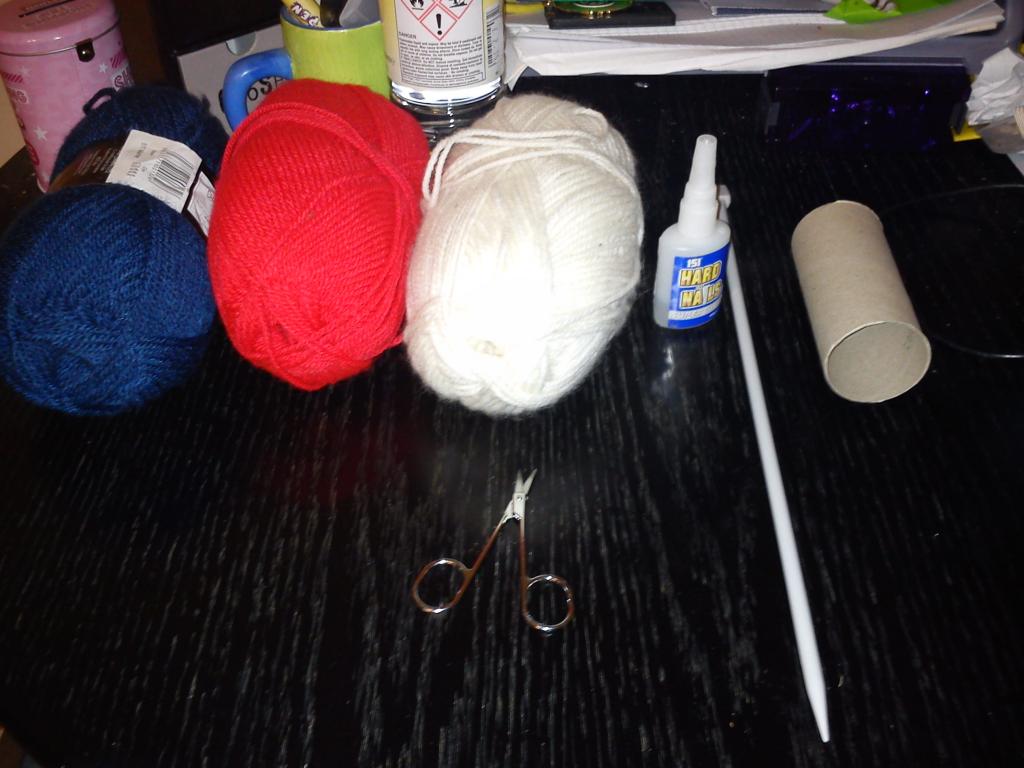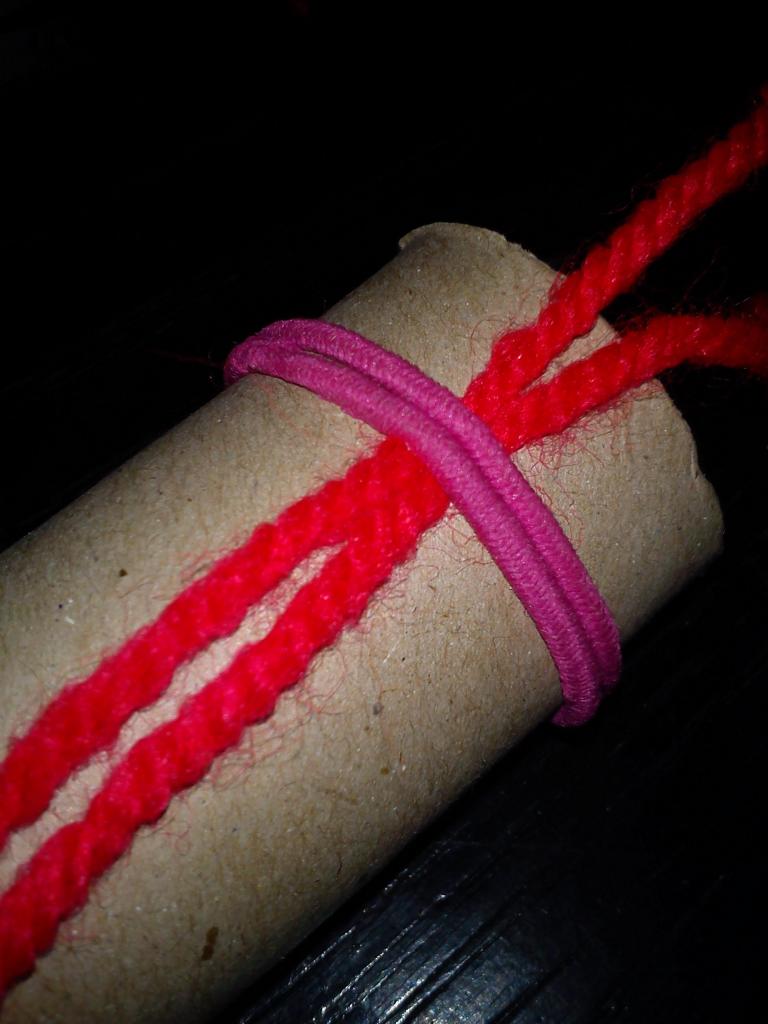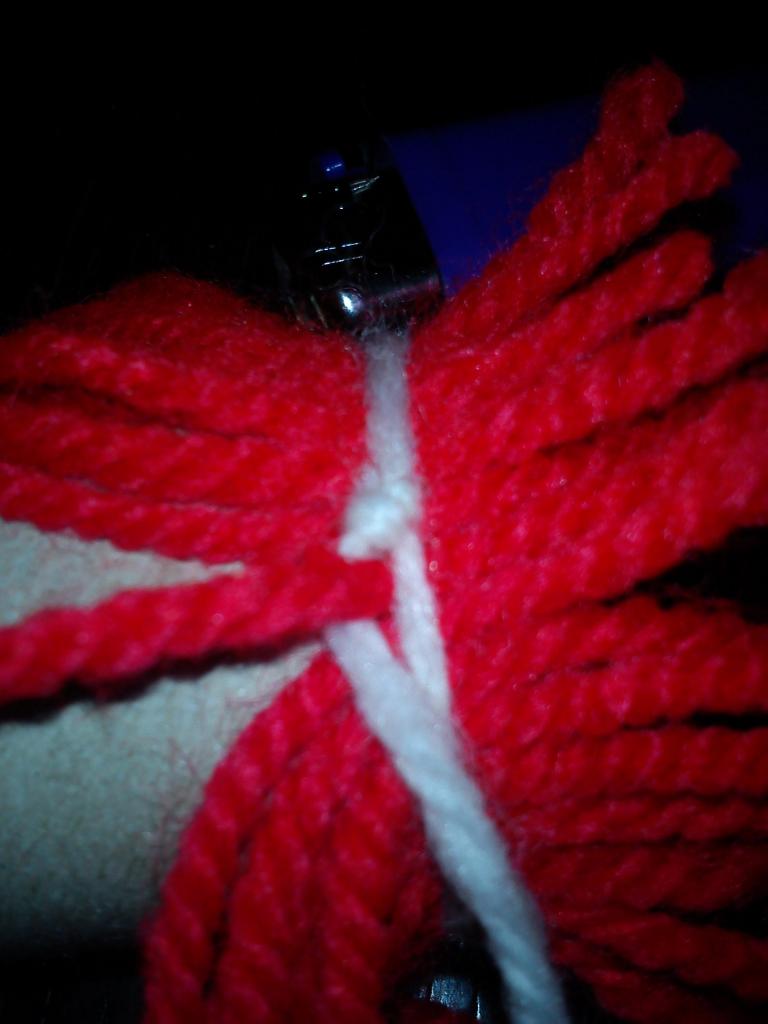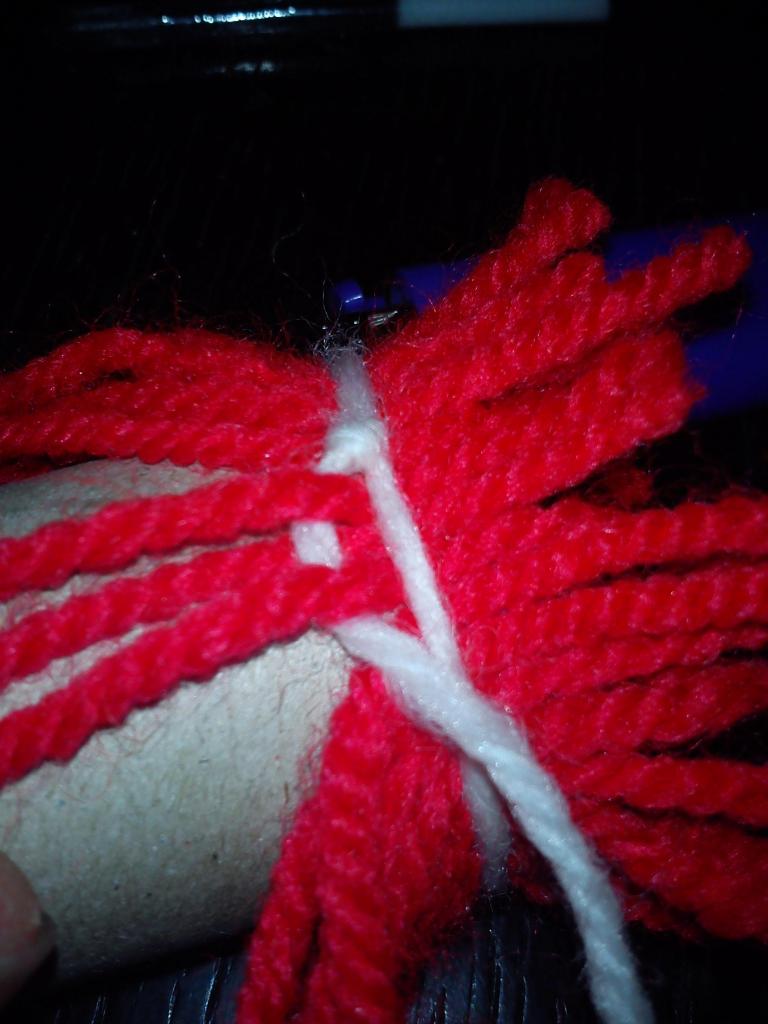Evening Gent's
This is part one of a series of posts on decorative rope work that you can use either at full size or scaled down.
This post follows a previous post i wrote some time ago.
Which you can view hereTonight's little incite into rope work will be Simple Grafting, This is the basic grafting method, there is however a more complex version, but this one is great for beginners, so we'll start here.
This version of grafting is a wrap around anything cylindrical, oar looms, mast work, hand rails etc.
This is a labor incentive bit of work so full concentration is needed, however it is very simple to achieve and no skill is needed to achieve something that looks the part.
What you need:-
*Cylindrical Object to 'wrap'
*2 thicknesses of Rope/cord, this can be nylon,cotton or even wool, The Wefts should be the thickest line and the Warp should be the thinnest (for an example if using wefts of 5mm, use a 2mm Warp line)
*A pointy object for pulling the warp line in tight (a larger knitting needle works well)
*Superglue or hairband/rubber band (for those who need a short cut)
*cup of tea (trust me)

For this Example of demonstration I'm going to show you via colour coding using wool, as this is a demonstration it will be a little clearer to see what is happening.
''The Weft''s are the lengths that trail the piece to be covered length ways, there should be an UNEVEN number of them and there should be enough to cover the piece of work tightly but not overlap or bulge at the start, for this process to work.
Should you have an even amount of Wefts covering the work you will end up with a double overlap at the start/end point the entire length of the work, this is really unattractive and in fact can cause issues during the grafting process so be sure to count your wefts and ensure they are an UNEVEN amount.
Step One.Cut weft's (red wool) they should be the full length of the piece of work to cover and have on avg 3" over hang at the end per foot, this allows for the 'bumpy effect' or shrinkage caused by the Warp line.
 Step Two.
Step Two. Glue the wefts at the very top around the piece of work or use a hair band to secure in place and using the Warp line tie a half hitch knott , however a drop of glue is the best way to secure the wefts so not to pull out during grafting.

 Step Three.
Step Three.Now take the Warp line, this is the smaller thickness line, and wrap around the top of the wefts to start with and secure with a half hitch, for this demonstration, it will be the white woolen line. this line you do not cut until the end, you should be grafting off the spool until the finish.

This is the start of grafting from here on in, its very simple to do, take 1 of the wefts and lift it up, slide the Warp line under it.

The warp line now hops over the next weft line.

Lift the next Weft line and slide the warp line under.

Repeat under and over under and over for 1 full rotation...
Step Four.After each full rotation pull the line tight and using your pointy object (knitting needle in this case) push the Warp line upwards as you pull it tight, this keeps the wefts from moving and tidy, this process of tweeking the wefts and warp line you will have to do every full rotation as well as between lifts and drops as the work progresses you have to use your judgement..

Now keep going over and under until you cover the piece...
It should end up looking something like this...

Keep in mind that this example bit of work the warp line wasn't pulled taught ( simply because it will snap very easy, if your using cotton or nylon then you wont have this issue and the grafts will look much tighter.
You can finish off the ends with ''Turks head'' or other decorative knots which i will do as a separate post over the coming weeks
RR
